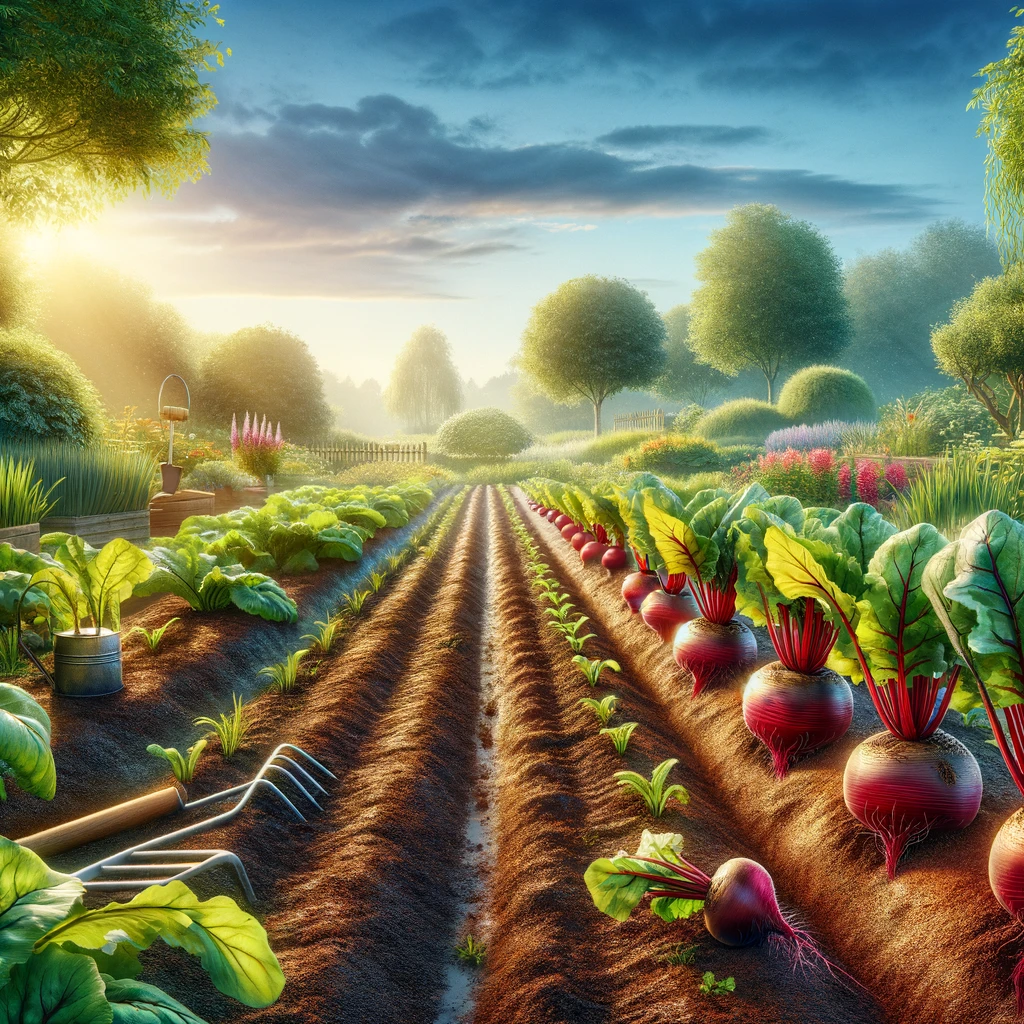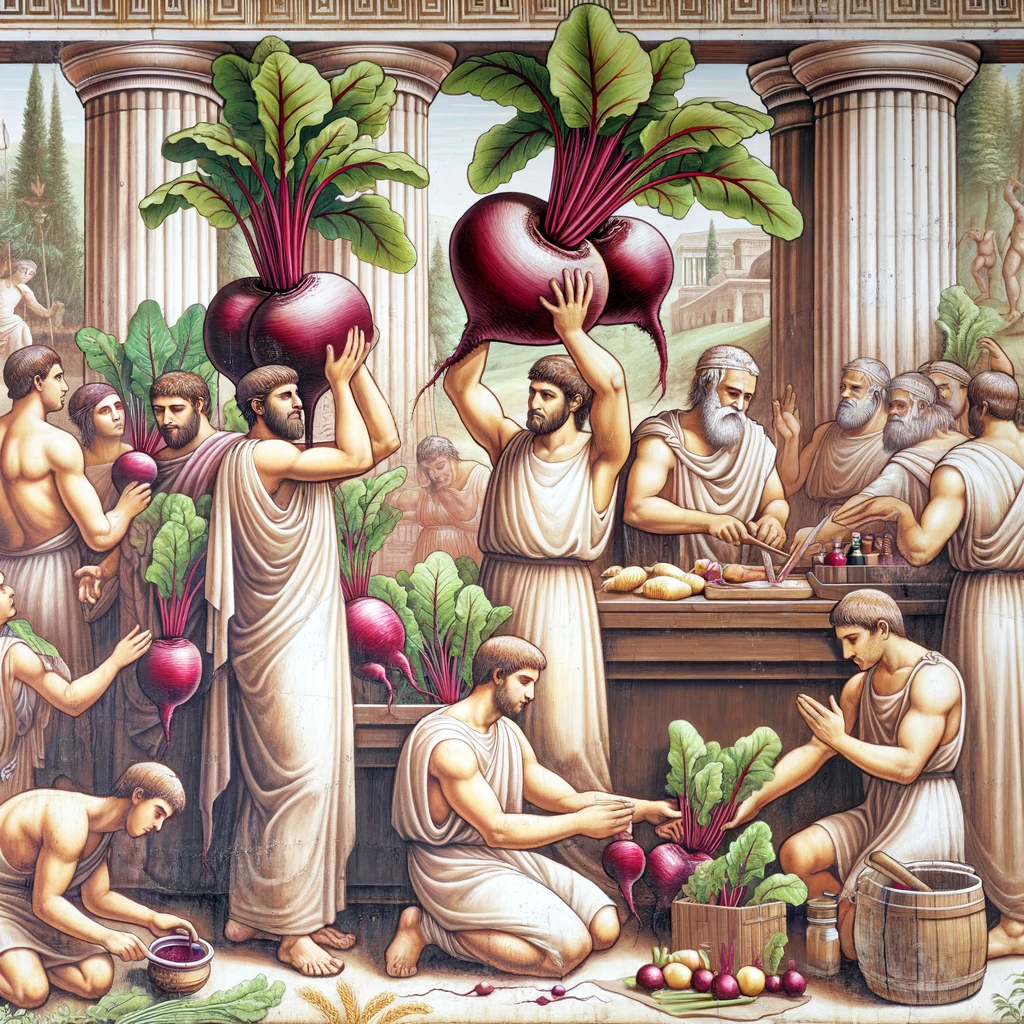When to Plant Beets
The timing for planting beets largely depends on your climate and growing zone. Beets are a cool-season crop, thriving in temperatures between 50°F and 65°F. Here’s a breakdown of when to plant beets based on different USDA hardiness zones:
- Zones 1-3: Plant beets as soon as the soil can be worked in late spring. A second planting can be done in late summer for a fall harvest.
- Zones 4-5: Sow seeds outdoors 4-6 weeks before the last spring frost. Consider a fall crop by planting about 8-10 weeks before the first expected fall frost.
- Zones 6-7: Start beet seeds in early spring or as late as September for a fall crop.
- Zones 8-10: These zones are ideal for fall planting. Sow seeds in the late summer or early fall when temperatures start to cool.
In general, you can plant beets successively every 2-3 weeks during the growing season to ensure a continuous harvest.
Soil Conditions for Beets
Beets prefer well-drained, sandy soil with a pH between 6.0 and 7.0. Before planting, it’s beneficial to prepare the garden bed by loosening the soil and removing any rocks or debris that could hinder root development. Incorporating organic matter such as compost or aged manure will help improve soil texture and fertility.
A critical factor in beet cultivation is ensuring that the soil is free of clumps and stones. Smooth, uniform soil helps produce well-shaped roots. If your soil is heavy clay or very rocky, consider growing beets in raised beds or containers where you can control the soil mixture.
Watering Beets
Consistent moisture is key to growing beets. They require about 1 inch of water per week, whether from rainfall or manual watering. It’s essential to keep the soil evenly moist but not waterlogged. Drip irrigation or soaker hoses are excellent for maintaining the ideal moisture level without wetting the foliage, which can lead to fungal diseases.

Harvesting Beets
Beets can typically be harvested when they reach the size of a golf ball, about 6-8 weeks after planting. However, the best time to harvest depends on the variety and your preference for size. Young beets tend to be tender and sweeter. To harvest, gently loosen the soil around the beet and pull the root from the ground. Be careful not to damage the root.
Storing Beets
After harvesting, beets can be stored in a cool, humid place for several months. For more detailed information on how to store beets effectively, you can refer to a dedicated article on beet storage.
Conclusion
Growing beets can be a rewarding endeavor for gardeners of all skill levels. By understanding the optimal planting times for your zone, preparing the soil properly, maintaining consistent watering practices, and knowing when and how to harvest and store your beets, you’ll be well on your way to enjoying vibrant and nutritious beets from your garden. Whether you’re a fan of the classic red beet or want to try golden or striped varieties, the beet is a worthy addition to any vegetable garden.


